Advanced Certification in AWS Classes in Pune
In Association with:
Certification Aligned to:
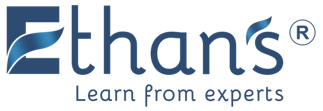
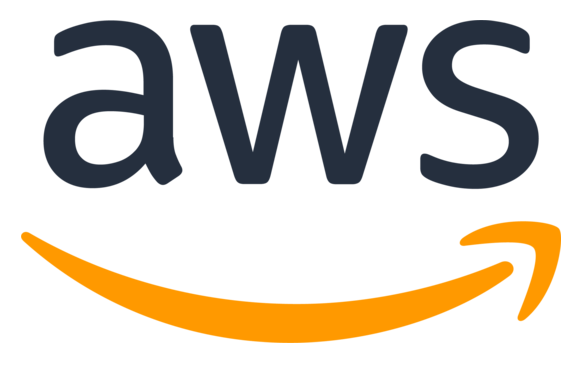
- Advanced Certification Training Program in AWS
- 09-Week Technical Training Program | Classroom + Hybrid Learning
- A comprehensive program designed for working professionals, students, graduates, and career-gap candidates.
- Start from the basics of cloud computing and advance to architecting, deploying, and managing AWS solutions.
- Covers EC2, S3, IAM, VPC, RDS, Lambda, CloudFormation, CloudWatch, and more.
- Hands-on training with the AWS Management Console and real-world cloud infrastructure projects.
- Industry-aligned curriculum focused on building secure, scalable, and cost-efficient cloud solutions for today’s digital enterprises.

Our Presence in Pune
- Wakad
- Shivajinagar
- Kharadi
Next Batch
16th Jan, 2026
Program duration
09 Weeks
Learning format
Classroom/Hybrid




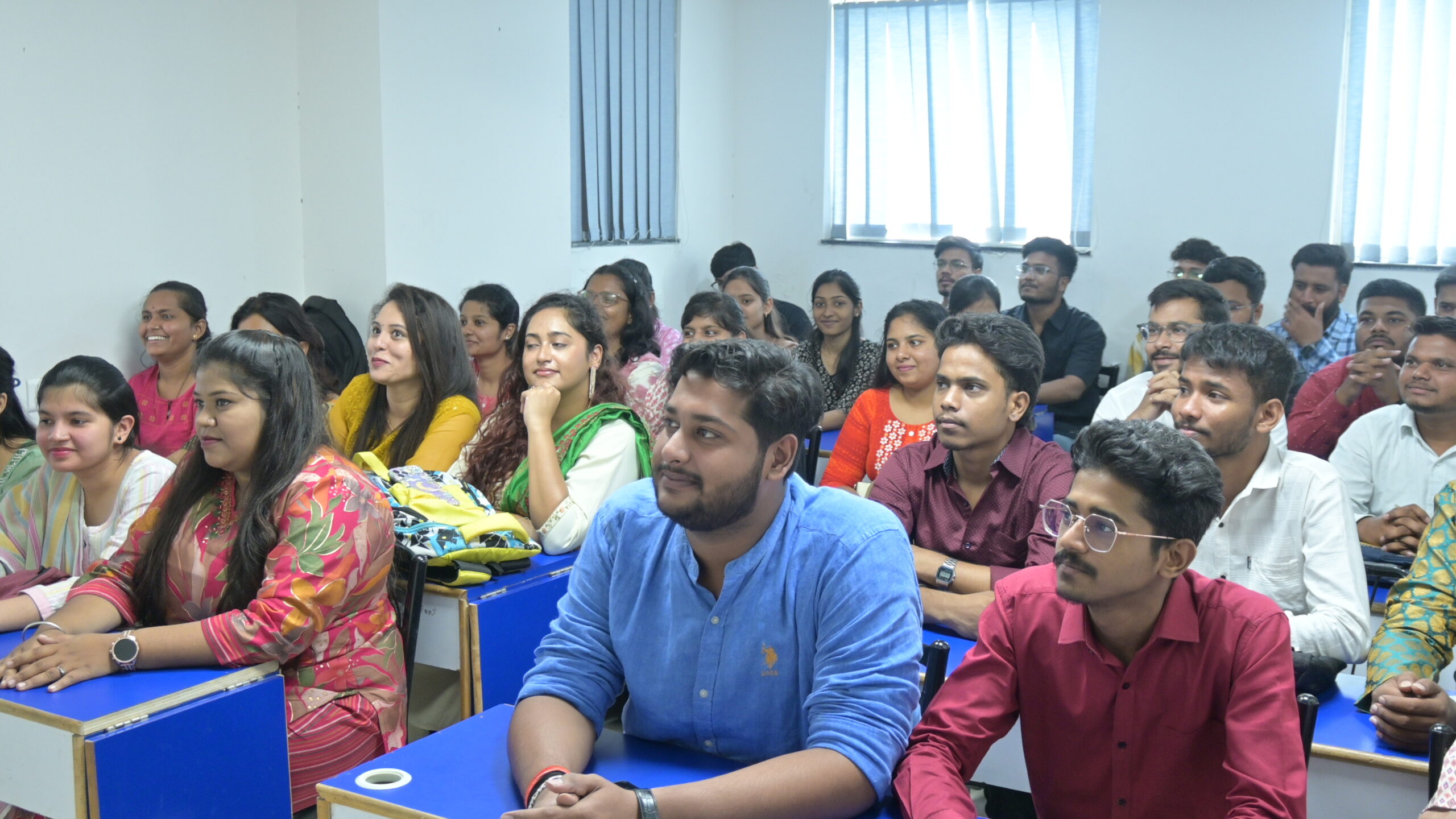

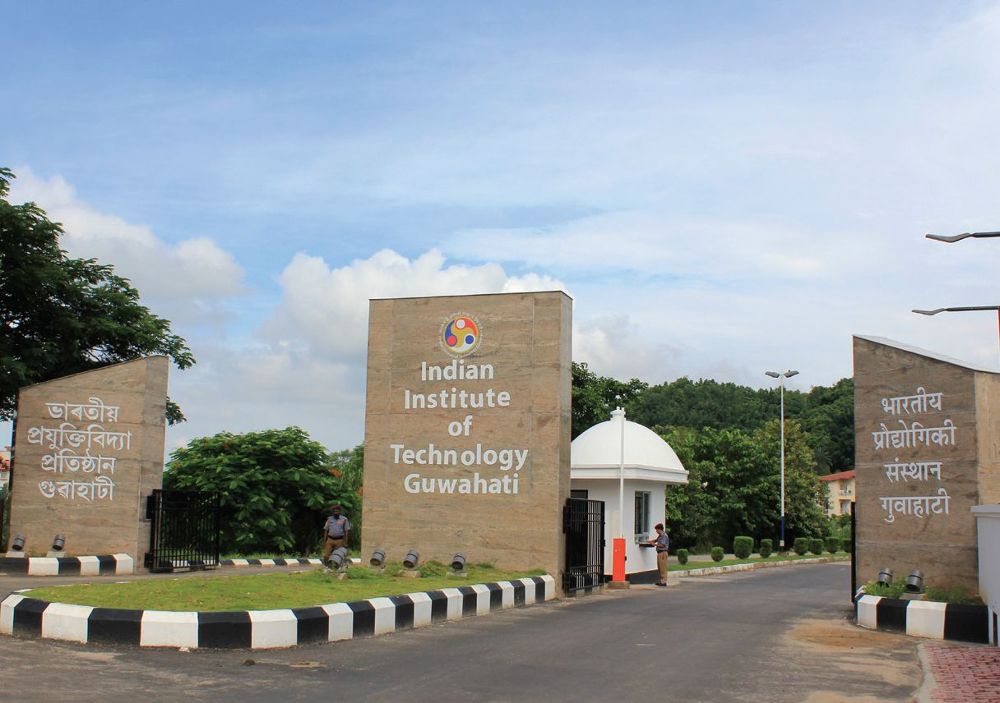

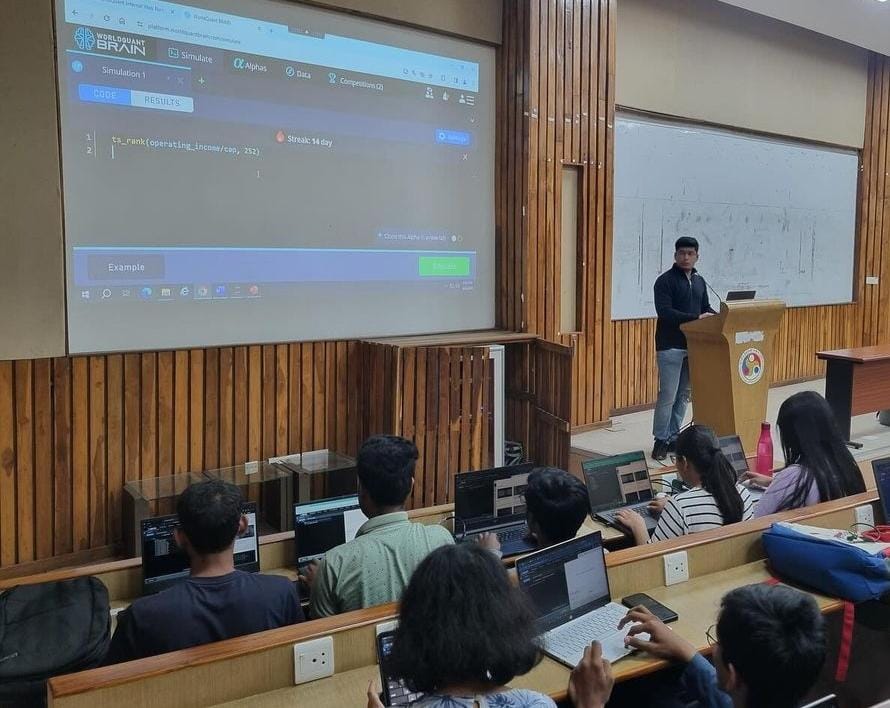


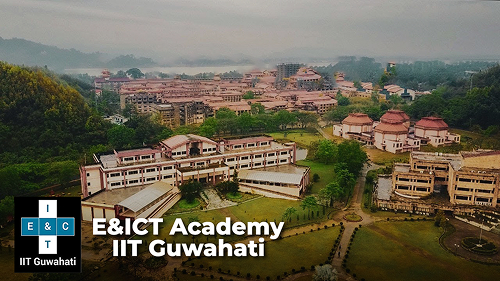
Ethan's x E&ICT Academy IIT Guwahati
E&ICT Academy IIT Guwahati, a leading Indian Institute of Technology, excels in education, research, and innovation. Our partnership with E&ICT Academy at IIT Guwahati aims to advance global education standards. Leveraging the Institute’s esteemed reputation, we offer world-class educational opportunities and foster a global academic community.
In Association With :
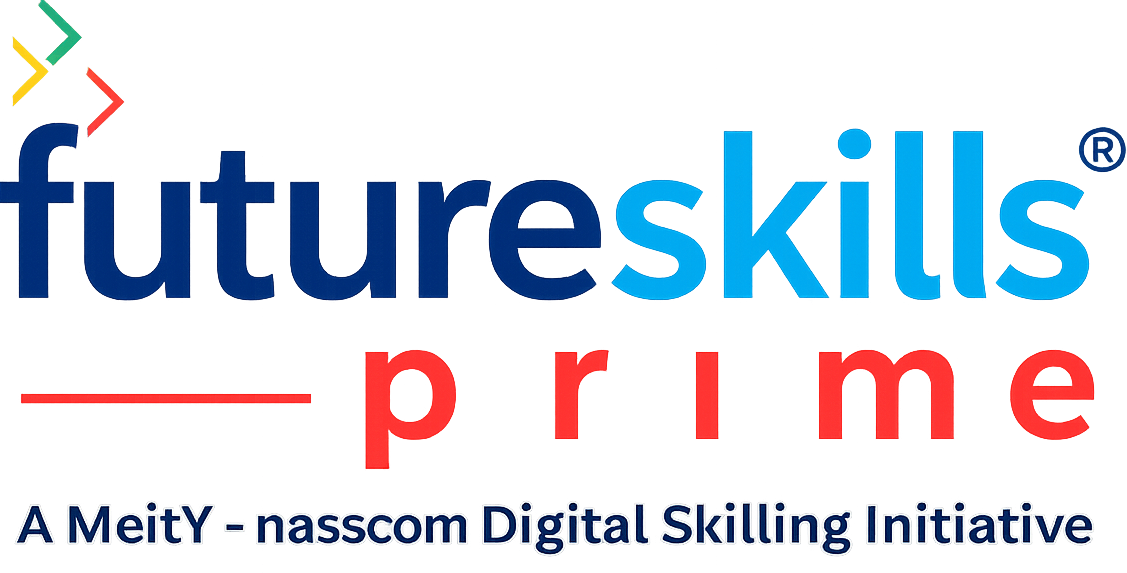
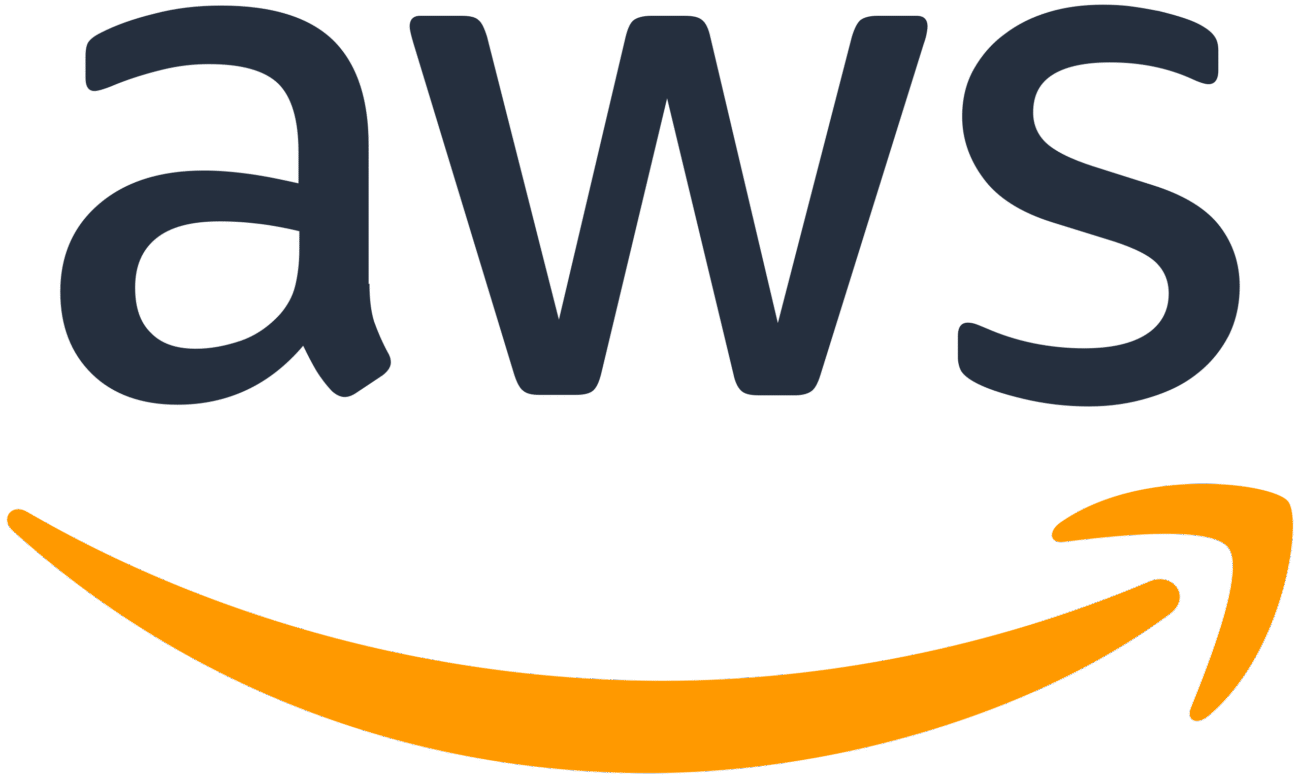
Mentors & Instructors
Our team is made up of industry experts, seasoned professionals, and passionate trainers who work together as a close-knit family. We believe in not just teaching, but mentoring, inspiring, and growing together — creating a learning environment that feels like home and performs like the best in the business.

Alam Sir
Sr. Cloud Architect

Himanshu Sir
Ex-Data Scientist, PwC

Gurjeet Sir
IIT Kharagpur - Alumnus

Vinit Sir
IIT Bombay - Alumnus

Raman Sir
Ex-Data Analyst, Mu Sigma

Siddhant Sir
R&D Scientist, IIIT Allahabad
Most Advanced Curriculum in Industry
Setting Up and Using the Cloud
- An Introduction to AWS:
- Basics of Cloud Computing
- Intro to AWS
- AWS Global Infra
- Setting Up Your AWS Account and Exploring the Console:
- Creating AWS Account
- Intro to AWS Management Console
- Account Security for Root User with MFA
- Budgets
- Billing Dashboards and Cost Explorer
- Building Your First AWS EC2 Instance with Windows:
- SSH Keypairs or EC2 Keypairs
- Generating Keypairs with third party apps
- Launching Windows Instance & RDP connection
- Deploying and Accessing Linux Instances in AWS:
- Launching a Linux Instance & Connect with ssh
- Hosting a website
- Creating port Exceptions in Security Group
- An Introduction to AWS:
Mastering VPC: Networking in AWS
- Creating and Configuring a Fully Functional VPC in AWS:
- VPC’s, Subnets
- Internet Gateways
- Route Tables
- Inter VPC Peering Connection
- Advanced Networking with AWS VPC:
- NAT Gateway
- Access Control Lists & Security Groups
- Building a Secure VPC Architecture:
- Understanding NameResolution and DNS
- Mastering DNS and Name Resolution:
- Architecture
- Concepts of Route53 Zone
- Hosting on Traditional DNS Servers vs Route53 Zones
- Domain registration in Route53
- Creating and Configuring a Fully Functional VPC in AWS:
Mastering EC2: Detailed Insights
- Understanding EC2: Core Concepts and Features:
- Understanding Block Storage and EBS Volumes
- Advanced EBS Volumes:
- EBS Architecture and Security
- Deploying EBS volumes
- Attaching Volume to EC2 Instance and Management
- Shared Storage for EC2 : EFS Share:
- EFS Share Design and Architecture
- Mounting and Accessing EFS Shares in multiple Instances
- EBS Snapshots and Backup
- Disaster Recovery for EC2: EBS Backup and AMI Creation:
- EBS Snapshots creation and Lifecycle Manager Policy
- Copy EBS Snapshot to different regions
- Creating Reference Image with EC2 AMI
- Using AMI for Rapid Deployment of EC2 Instances
- High Availability with Elastic Load Balancer:
- Understanding concepts of High Availability and the need for Load Balancer
- Architecture of Elastic Load Balancer in AWS and its design
- Components of Elastic Load Balancer and implementation
- Health Checks for Elastic Load Balancer and Target Groups
- EC2 Auto Scaling Infrastructure:
- Need for Dynamic Scaling of Infrastructure
- Design and Architecture of Auto Scaling Groups
- Launch Template in EC2
- Configuring Launch Template and ASG
- Demonstrating auto scaled Infrastructure and auto healing
- Understanding EC2: Core Concepts and Features:
Real-Time Alerts and Monitoring in AWS
- Optimizing AWS Operations with CloudWatch Monitoring:
- Concepts of Monitoring
- CloudWatch Metrics observation
- Seamless Monitoring and Notifications:
- Email Notifications with SNS
- Event Triggers with Event Bridge
- Optimizing AWS Operations with CloudWatch Monitoring:
The Ultimate Guide to AWS IAM
- Roles, Policies, and MFA for AWS Users:
- Basics of Authentication and Authorization
- Creating and Managing Users and Groups
- Configuring MFA for IAM Users
- Managing Security with Policies and Roles
- Roles, Policies, and MFA for AWS Users:
Mastering Amazon RDS for Relational Databases
- Working with SQL Databases in AWS:
- Concepts of Relational Database and SQL
- Intro to RDS and Implementation
- RDS Snapshots and Backup in AWS
- Understanding Multi-AZ DB Instance in RDS
- Configuring secure access to database
- Connecting Applications to Database
- Working with SQL Databases in AWS:
AWS Elastic Beanstalk – Application Deployment
- Platform Managed Application Hosting:
- Intro to Elastic Beanstalk and hosting a Website
- Alias record setup in the DNS Zone
- Managing Environment and creating Clone
- Domain Name Swapping on the environment
- Application Management in the environment
- Platform Managed Application Hosting:
Amazon S3: Scalable and Reliable Cloud Storage
- Understanding the Basics of Amazon S3:
- Intro to S3 Buckets
- Object Storage Class
- Unlocking the Power of AWS S3 Advanced Features:
- Versioning of S3
- Replication Rule for S3
- Lifecycle Rules for data retention policy
- S3 baseline performance
- Understanding the Basics of Amazon S3:
Important Services for Developers & Enterprises
- Mastering AWS CloudFormation:
- Intro to AWS Cloud Formation and its stack
- Creating Template with Infrastructure Composer
- Launching VPC’s and EC2 Instances with Cloudformation
- AWS SQS Essentials:
- Intro to SQS and its architecture
- Effortless Cloud Hosting with AWS LightSail:
- Intro to LightSail
- Architectural walkthrough and important components
- Deployment of App on LightSail
- Mastering AWS CloudFormation:
Mastering Serverless Architecture in AWS
- AWS DynamoDB Simplified:
- Intro to NoSQL Database
- Differentiate between SQL and NoSQL DB
- Components of DynamoDB
- Creating Tables and writing records in tables
- Integration of DynamoDB with Application
- API Gateway:
- Intro to API Gateway
- Deploying and Configuring API Gateway
- Integration with Lambda Functions
- Lambda Functions:
- Intro to Lambda Functions
- Creating a Simple Lambda Function
- Triggers for Lambda Function
- From Bucket to Browser: S3 WebSites:
- S3 Static Websites
- S3 CORS Configuration
- AWS DynamoDB Simplified:
- Traditional Software Development Models:
-
-
- Introduction to the Waterfall Model
- Key Phases of the Waterfall Model (Requirements, Design, Implementation, Testing, Deployment, Maintenance)
- Case Studies: When and Where Waterfall Model Worked
-
2. Limitations and Challenges of Traditional Models:
-
-
- Rigidity in Process
- Late Testing and Bug Discovery
- Limited Feedback Loops
- Impact on Delivery Timelines
-
3. Introduction to Agile Methodology:
-
-
- Core Principles of Agile (Iterative Development, Customer Collaboration, Responding to Change)
- Comparison: Agile vs. Waterfall
-
4. Advantages of Agile Development:
-
-
- Enhanced Flexibility and Adaptability
- Continuous Delivery and Shorter Development Cycles
- Improved Team Collaboration and Communication
-
5. Challenges for Operations Teams in Agile Environments:
-
-
- Frequent Deployments and Build Issues
- Resource Provisioning Delays
- Managing Configuration Drift
- Lack of Unified Tools Across Dev and Ops
-
6. Introduction to DevOps:
-
-
- Key Principles of DevOps: Collaboration, Automation
- CI/CD
- Monitoring
- IaaC
- Benefits of DevOps
- DevOps tools Intro: Git, Jenkins, Ansible, Terraform, Docker and Kubernetes
- Case Studies: Capital One, Netflix, Target, and Etsy
-
Version Control Mastery: A Deep Dive into Git
- Basics of Git:
-
-
- A brief history of Version Control Systems
- Introduction to Git
-
2. Deploying Git:
-
-
- Installation of Git on Windows and Linux systems
- Git initial setup
-
3. Git Basic Commands:
-
-
- Fundamentals of Git
-
4. Centralized Git Repository:
-
-
- Setting up Github Account
- Pull and Push to Github repository
-
5. The Art of Git Branching:
-
-
- Git Branches
- Rebase
- Merge
- Cherry-Pick
- Conflict Resolution with Git
-
6. Git Stashing Techniques:
-
-
- Understanding and using stash
-
7. Git Rollback Techniques:
-
-
- Reset, Revert & Restore
-
Docker Unleashed
- Understanding App Architectures and the Shift to Containers:
-
-
- Understanding Modern Applications: Monolithic vs Microlithic
- Virtualization vs. Containerization: Understanding the Core Difference
- Docker & CRI Demystified
-
2. Docker Introduction and Command Basics:
-
-
- Deploying Docker
- Docker Commands 101
-
3. Crafting Perfect Docker Container Images:
-
-
- Containers vs. Images: Demystifying Docker Essentials
-
4. Docker Hub & Registries:
-
-
- Understanding Central Container Repository
- Docker Image Creation and Publishing to Central Repositories
-
5. Running Multi-Container Apps with Docker Compose:
-
-
- Creating Images using Docker Compose
- Running Containers using Docker Compose
-
6. Orchestrating Containers with Docker Swarm:
-
-
- Creating Cluster using Docker Swarm
- Scaling Containers in Docker Swarm
- Rolling Update and Rollback of Containers in Docker Swarm
-
7. Docker Networking and Storage Essentials:
-
-
- Networking Docker Containers
- Docker Storage for Containers
-
Kubernetes Deep Dive
- Introduction to Kubernetes:
-
-
- Overview of Kubernetes as a container orchestration platform
- Key features and advantages of Kubernetes
- Brief history and evolution of Kubernetes
- Common use cases and industries using Kubernetes
-
2. Kubernetes Architecture:
-
-
- High-level architecture overview: Control Plane and Node components
- Interaction between Kubernetes components
- Overview of key Kubernetes objects: Pods, Services, Deployments, ConfigMaps, and Secrets
-
3. Control Plane Components:
-
-
- Introduction to kubectl and its role in interacting with the Kubernetes cluster
- Kube API Server: Central management entity of the cluster
- Kube Controller Manager : Role in maintaining the desired state of the cluster
- Kube Scheduler : Process of scheduling Pods to Nodes
- Kube Proxy : Role in networking and ensuring communication within the cluster
-
4. Node Components:
-
-
- Kubelet : Node agent for managing Pod lifecycle
- Container Runtime Interface (CRI)
-
5. Installing Kubernetes Tools:
-
-
- Installing and configuring Kubeadm
- Getting started with Minikube for local Kubernetes clusters
- Setting up CRI-O as a container runtime
-
6. Creating Your First Pod:
-
-
- Writing a simple Pod manifest file
- Deploying the Pod and troubleshooting common issues
- Understanding the Pod lifecycle and status
-
7. Working with Services in Kubernetes:
-
-
- Introduction to Services and their types (ClusterIP, NodePort, Load Balancer)
- Creating and exposing a Service to access Pods
- Concepts of Endpoints and Service Discovery
-
8. Deployments in Kubernetes:
-
-
- Writing Deployment manifests for scalable applications
- Managing rollouts and rollbacks using Deployments
- Understanding the relationship between Deployments and Replica Sets
-
9. AWS Container Orchestration:
-
-
- Overview of ECS Cluster and its components
- Differences between ECS and Kubernetes
- Setting up an EKS Cluster using the AWS Management Console and CLI
-
10. Working with ECR Repository:
-
-
- Introduction to Amazon Elastic Container Registry (ECR)
- Building and pushing Docker images to ECR
-
11. Using ECR Images in EKS:
-
-
- Configuring Kubernetes to pull images from ECR
- Creating and running Pods using ECR images in an EKS cluster
-
12. Replica Sets and StatefulSets:
-
-
- Differences between Replica Sets, Deployments, and StatefulSets
- Use cases for StatefulSets in managing stateful applications
-
13. Ingress Controllers:
-
-
- Understanding Ingress for HTTP and HTTPS routing
-
14. CoreDNS:
-
-
- Role of CoreDNS in Service Discovery and DNS management within Kubernetes
-
Configuration Management with Ansible
- Fundamentals of Ansible:
-
-
- Introduction to Configuration Management
- Concepts of Configuration-as-Code
- Intro to Ansible
- Installing Ansible and Lab Setup
-
2. Basic Ansible Configurations:
-
-
- Understanding the Configuration File
- Inventory File Basics
-
3. Getting started with Ansible Automation :
-
-
- Introduction to ad-hoc tasks
- Common commands for quick automation
-
4. Advance Configuration Automation with Ansible:
-
-
- Creating Your First Playbook in YAML
- Playbook for Cloud Provisioning
-
5. Advance Concepts of Ansible:
-
-
- Understanding Roles
- Using Variables in Ansible
-
Building Cloud Infrastructure with Terraform
- Introduction to Infrastructure as Code (IaC):
-
-
- Understanding IaC and its benefits
- Comparison of Terraform with other IaC tools
-
2. Introduction to Terraform:
-
-
- What is Terraform?
- Key features: architecture, and use cases.
-
3. Installing Terraform and Lab Setup:
-
-
- Step-by-step installation on Windows/Linux/Mac
- Setting up a lab environment with cloud providers
-
4. Terraform Basics:
-
-
- Terraform workflow: init, plan, apply & destroy
- Writing your first Terraform configuration file
-
5. Understanding Providers:
-
-
- What are providers?
- Configuring and using cloud providers (AWS, Azure, GCP)
-
6. Variables and Outputs:
-
-
- Defining variables for dynamic configurations
- Using outputs for exporting information
-
7. State Management:
-
-
- Terraform state and its importance
- Remote state storage and locking mechanisms
-
8. Terraform Best Practices:
-
-
- Writing clean and modular code
- Version control and collaboration tips
-
Prometheus and Grafana
- Introduction to Monitoring:
-
-
- Importance of monitoring in modern infrastructure
- Types of monitoring: system, application, and business metrics
-
2. Overview of Prometheus and Grafana:
-
-
- Prometheus: an open-source monitoring and alerting toolkit designed for reliability
- Grafana: an open-source visualization tool used to display metrics stored by Prometheus
-
3. Installing Prometheus:
-
-
- Steps to install Prometheus on different environments (Linux, Docker)
- Prometheus configuration (prometheus.yml)
-
4. Configuring Prometheus to scrape metrics:
-
-
- Setting up Prometheus to scrape metrics from a sample application
- Explanation of targets in Prometheus configuration
- Introduction to Prometheus metrics types: Counter, Gauge, Histogram & Summary
- Overview of Prometheus Web UI (Prometheus Query Language – PromQL)
-
5. Introduction to Grafana and Integrating with Prometheus:
-
-
- Steps to install Grafana on different environments (Linux, Docker)
- Adding Prometheus as a data source in Grafana
- Overview of Grafana dashboards and panels
-
6. Creating Basic Grafana Dashboards:
-
-
- How to create a dashboard and add panels
- Using PromQL queries in Grafana panels
- Introduction to common Grafana visualizations (Graph, Gauge, Table)
-
Simplifying Java Builds with Maven
- Introduction to Maven:
-
-
- Overview of Maven and its purpose (build automation tool)
- Maven vs. other build tools (e.g., Gradle, Ant)
- The importance of dependency management and project automation
-
2. Maven Architecture and Concepts:
-
-
- Understanding Maven’s architecture: Project Object Model (POM)
- Repositories
- Plugins
- Explanation of a typical Maven project structure (src, target, pom.xml)
- Introduction to Maven lifecycle (clean, default, site phases)
-
3. Setting Up Maven:
-
-
- Steps to install Maven on different environments (Windows, Linux, macOS)
- Verifying the installation with mvn -version
-
4. Hands-On Lab:
-
-
- Step-by-step guide to create a simple Java project using Maven
- Setting up a pom.xml file with dependencies
- Running Maven commands to compile, test, and package the project
-
Optimizing Code Quality with SonarQube
- Introduction to SonarQube:
-
-
- Overview of SonarQube as a code quality and security management tool
- Key benefits of using SonarQube in a CI/CD pipeline
- SonarQube vs. other static analysis tools (e.g., ESLint, Checkstyle)
-
2. Core Features of SonarQube:
-
-
- Code Quality: Finding bugs, vulnerabilities and code smells
- Continuous Inspection: Real-time feedback on code quality
- Languages and frameworks supported by SonarQube
- Integrations with popular CI tools (Jenkins, GitLab, GitHub Actions)
-
3. Installing SonarQube:
-
-
- Prerequisites for SonarQube installation (Java, database, etc.)
- Step-by-step guide to installing SonarQube locally or on a server (Docker and non-Docker setups)
- Running SonarQube and accessing the Web UI
-
4. Configuring SonarQube:
-
-
- Creating a project in SonarQube and configuring basic settings
- Overview of SonarQube’s dashboard: project overview, issues, measures, and more
- Setting up the SonarQube scanner to analyze your codebase
-
5. Viewing Reports and Analyzing Results:
-
-
- Understanding SonarQube’s analysis reports
- Navigating through issues: bugs, vulnerabilities, code smells
- Reviewing code coverage and test reports
-
Jenkins for CI/CD
- Introductio
- n to Jenkins:
-
-
- What is Jenkins?
- Features and advantages of Jenkins in CI/CD pipelines
- Overview of continuous integration and continuous delivery concepts
-
2. Installing Jenkins and Lab Setup:
-
-
- Jenkins installation on Windows/Linux/Mac
- Setting up the lab environment for practical sessions
-
3. Jenkins Dashboard Overview:
-
-
- Navigating the Jenkins UI
- Understanding jobs, builds, and pipelines
-
4. Creating Your First Jenkins Job:
-
-
- Setting up a freestyle project
- Running builds and analyzing results
-
5. Understanding Plugins in Jenkins:
-
-
- Role of plugins in extending Jenkins functionality
- Installing and managing plugins
-
6. Source Code Integration:
-
-
- Connecting Jenkins with Git/GitHub repositories
- Automating builds with webhooks
-
7. Build Triggers:
-
-
- Setting up build triggers: manual, scheduled, and SCM polling
- Automating pipelines with event-driven triggers
-
8. Working with Credentials:
-
-
- Managing credentials in Jenkins securely
- Using credentials in pipelines and jobs
-
9. Jenkins Pipeline Basics:
-
-
- Introduction to pipelines: declarative vs. scripted
- Writing your first Jenkinsfile
-
10. Project: Building a CI/CD Pipeline:
-
-
-
- Hands-on project to automate a complete CI/CD workflow
-
-
Unlock ₹20,000+ Worth of Premium Bonuses — 100% Free!
Join Any Data/AI Mentorship Program Today and Get Exclusive Learning Perks at Zero Cost!
Best Tech Tools
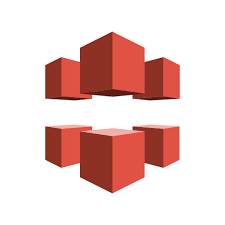
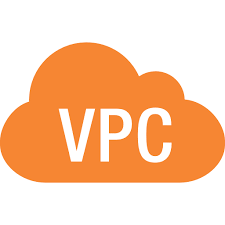
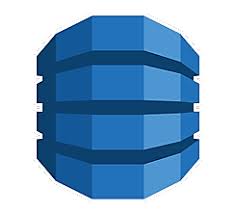
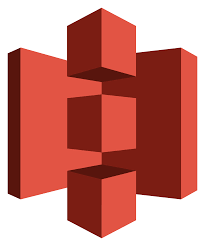
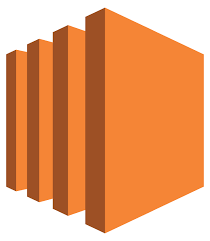
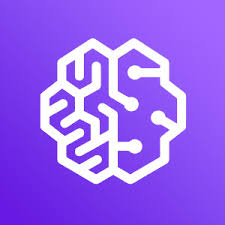


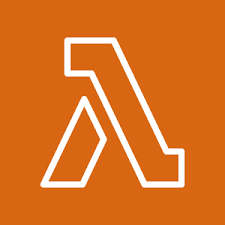
Amazon
VPC
Amazon
CloudFront
Amazon
DynamoDB
Amazon
EC2
Aws
Lambda
Amazon
S3
Amazon
SagaMaker
Amazon
CloudWatch
AWS Elastic
Beanstalk
Amazon
RDS
Industry Projects
Project 1
Serverless Event-Driven Data Pipeline
Create a serverless pipeline with AWS Lambda, S3, EventBridge, and Glue to process real-time data. Store transformed data in S3 and visualize insights in Amazon QuickSight.
Project 2
AI-Powered Document Search & Retrieval System
Develop a scalable AI document search system using Textract, SageMaker, OpenSearch. Extract text from PDFs, and deliver ML-ranked search results via a web app.
Project 3
Cloud-Native E-Commerce Platform with CI/CD
Trusted by Leading Platforms

Top-Rated Institute


Featured for Excellence


Proud member

Academic Partner

AWS – Program Highlights
Step into the world of cloud computing with Ethan’s Tech’s AWS Certification Program, designed for working professionals aiming to gain hands-on expertise in designing, deploying, and managing scalable cloud solutions using AWS. This program prepares you for real-world roles and globally recognized AWS certifications.
- Hands-on Projects & Real Cloud Deployments – Work on 10+ industry-grade projects involving serverless applications, cloud automation, infrastructure setup, and deployment pipelines.
- Flexible Learning for Working Professionals – Enjoy live instructor-led classes, recorded sessions, and self-paced modules tailored to your schedule.
- Comprehensive AWS Curriculum – Master core AWS services like EC2, S3, VPC, IAM, RDS, Lambda, CloudFormation, and more, progressing from foundational to advanced levels.
- Tool Integration & Real Environments – Gain experience with AWS CLI, Management Console, SDKs, DevOps tools, and third-party integrations for end-to-end solutions.
- Internship-Integrated Experience – Apply your learning through practical internships that simulate real AWS-based enterprise environments.
- Pathway to Top Cloud Roles – Get access to 500+ hiring partners seeking certified AWS Cloud Architects, DevOps Engineers, and Cloud Administrators.
- Career Support & Job Readiness – Receive expert-led resume workshops, mock interviews, LinkedIn profile optimization, and personalized career mentoring.
- Build Real-World Cloud Solutions – Deploy scalable web apps, automate infrastructure with IaC, implement monitoring/logging, and enable cloud-native architectures.
- Globally Recognized Certification – Earn an industry-accepted AWS certificate, opening doors to roles in cloud engineering, site reliability, and platform operations.
Up-Skill with 2-in-1 Certifications
Gain a competitive edge in the job market with our exclusive 2-in-1 certification bundle designed to validate your skills and elevate your resume:
🎓 ACP x Ethan’s Certificate
✅ Microsoft Azure AZ-900 Certification
Gain a competitive edge in the job market with our exclusive 2-in-1 certification bundle designed to validate your skills and elevate your resume:
🎓 Ethan’s Certificate ✅ AWS Certificate
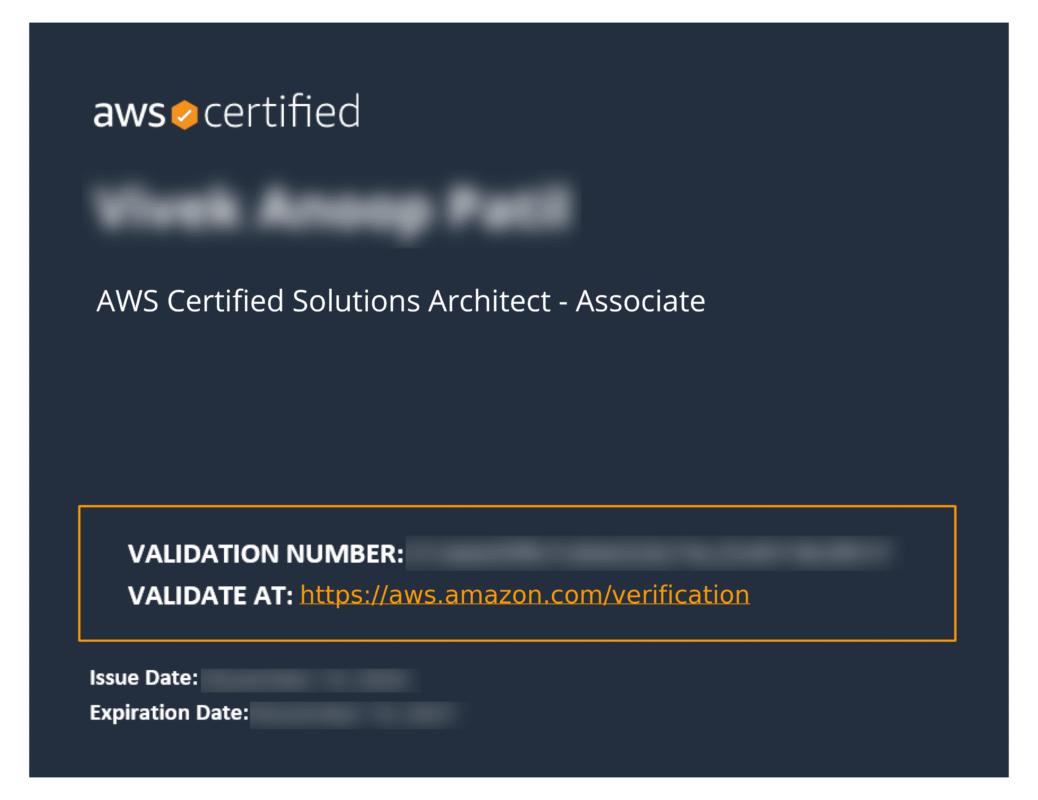
AWS Certificate
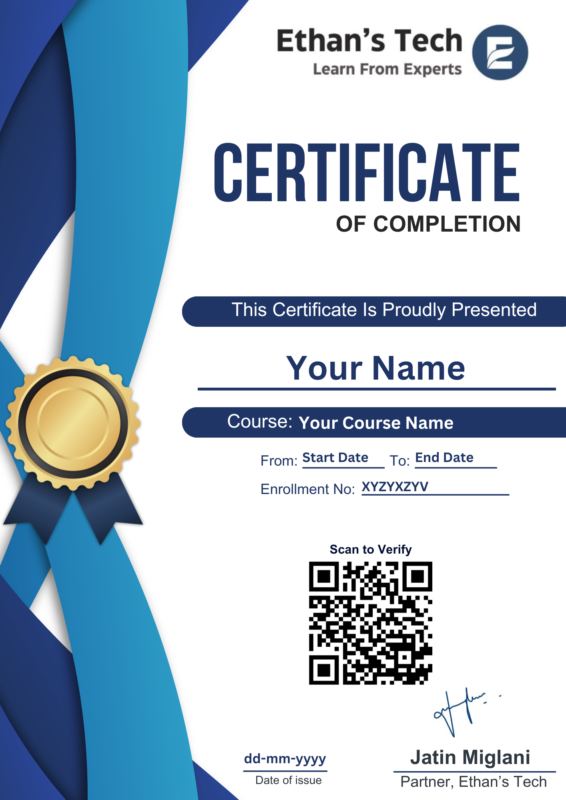
Ethan’s Certificate
Master 12+ In-Demand Skills in AWS
- AWS & Cloud basics
- IAM, security, compliance
- EC2, Load Balancer, Auto Scaling
- S3, EBS, Glacier
- VPC, CloudFront
- Lambda, API Gateway
- RDS, DynamoDB, Aurora
- CloudWatch, X-Ray
- SageMaker (ML/AI)
- EventBridge, SNS, SQS
- CloudFormation, Terraform
- CodePipeline, CodeBuild, CodeDeploy
- Elastic Beanstalk, ECS
- Well-Architected Framework
- Real-world AWS project deployment
Why Join this Aws Certification Program:
Certification from Ethan's Tech & AWS
Earn a globally recognized AWS certification that validates your cloud expertise and enhances your professional credibility in the fast-growing cloud computing industry.
Expert-Led Sessions by Cloud Industry Experts
Learn from certified AWS professionals with extensive experience in cloud architecture, DevOps, security, and multi-cloud environments including Azure.
Flexible Learning Model
Balance your learning with our hybrid approach—access online resources and attend in-person sessions to fit your schedule and learning style.
1:1 Mentorship & Career Support
Receive personalized mentorship, doubt-clearing sessions, and career guidance tailored to the cloud industry to accelerate your path to AWS certification and job readiness.
Comprehensive & Up-to-Date Curriculum
Gain in-depth knowledge of AWS fundamentals, infrastructure, security, app services, DevOps, and advanced cloud solutions aligned with industry demands.
Hands-On Labs & Real-World Projects
Work on practical projects and real-time cloud deployments that build your portfolio and demonstrate your AWS skills to potential employers.
Next Batch Starts on 16th Dec, 2026
Join 1% Elite Cohort

4.7

4.6

4.5

4.7

4.6

4.5
Join the 1% Elite Club.
Step into the IIT learning environment and embrace the pride of excellence.
- Take part in a comprehensive job orientation program conducted by E&ICT Academy IIT Guwahati.
- Learn through a cutting-edge curriculum, thoughtfully designed in collaboration with IIT faculty.
- Gain exclusive exposure to guest lectures delivered by experienced professors from E&ICT Academy IIT Guwahati.
- Receive your official admission letter, student ID card, branded T-shirt, completion certificate symbolizing your association with the institution.
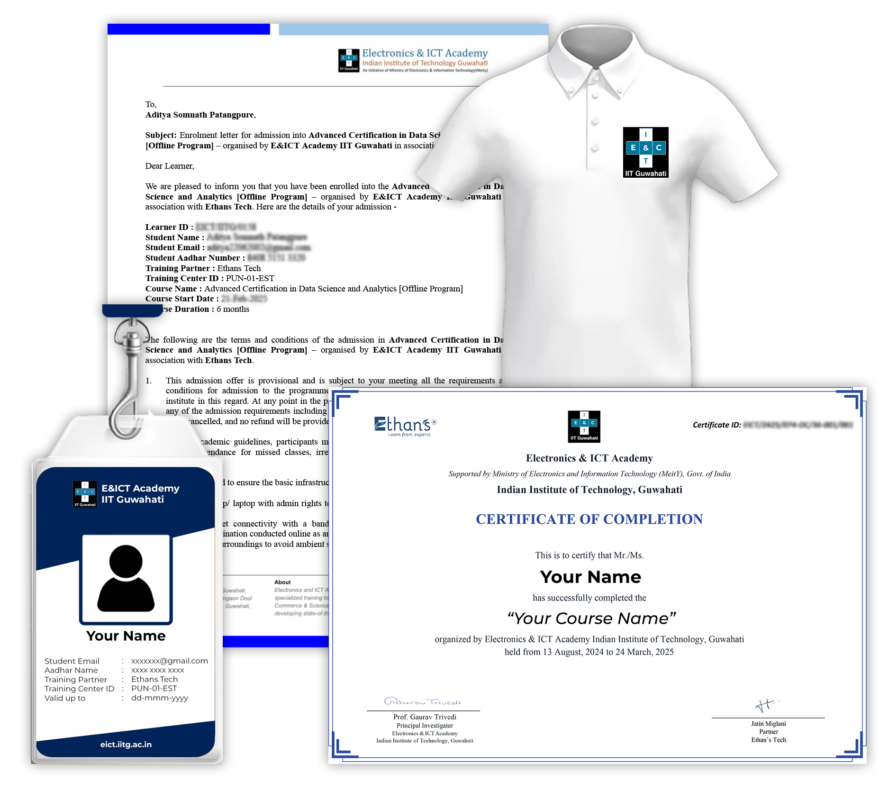
What Other Learners are Saying:
IT Experience -1+ Years
Enrolling in the DevOps course at Ethan's Tech was one of the best decisions I made for my career. First of all, a big thank you to Team Ethans and Kumar Sir for their incredible support. IVe successfully completed the Azure training and am extremely satisfied with the experience. Kumar Sir's teaching approach made it easy to understand Azure concepts, and the course content was well-structured and insightful. I highly recommend this training to anyone looking to learn Azure effectively!IT Professional - 4+ Years
Kumar Sir at Ethans Tech is an outstanding instructor for Azure training in Pune. The course was well-structured and covered all essential topics thoroughly. Sir's deep expertise and engaging teaching style made the sessions highly effective. The hands-on exercises and interactive discussions added immense value to the learning experience. After completing the training, I feel well-equipped and confident in my Azure skills. Kudos to Ethans Tech for delivering such a high-quality program!IT Professional -12+ Years
I had an excellent experience with Kumar Sir during the Azure training at Ethans. He covered everything from basics to advanced topics, ensuring every aspect of the course content was thoroughly explained. Each topic was taught in detail, making learning effective and engaging. A big thanks to the Ethans administration team as well for their seamless support and well-organized arrangements. every request I had was handled promptly during the learning journey. I strongly recommend to anyone aiming to build a career.IT Experience -10+ Years
I was searching for Azure training in Pune and came across several options, but I chose Ethans Tech because of their experienced trainers and supportive team. The trainer's deep expertise made a big difference, and the Ethans team went above and beyond by conducting mock interviews and helping me build a strong portfolio—crucial for my job placement. Their assessment model was well- structured, and all my requests were addressed promptly throughout the learning process.Ethan's Offices Tour
Ethans Tech is a leading professional training institute founded with the mission to bridge the gap between academic learning and real-world skills. With a strong presence in Pune and expanding across India, Ethans Tech has trained thousands of students and working professionals, helping them upgrade their careers in the most in-demand technologies.
The name “Ethans” represents a commitment to “education with excellence”. It’s not just a name; it’s a culture — built by passionate industry experts who believe in practical, hands-on learning rather than rote education. Every trainer at Ethan’s is a seasoned professional with real industry exposure, making the learning experience highly relevant, practical, and impactful.
At Ethans, it’s not just about completing a course — it’s about building a career.
Learners Profile
Our diverse and dynamic batch brings together individuals from various academic and professional backgrounds, creating a rich learning environment driven by collaboration and growth.
- 📘 11% – College Graduates (Non-technical backgrounds)
- 🛠️ 23% – B.Tech & M.Tech Graduates (CS, IT, ME, CIVIL)
- 💻 27% – BCA, B.Sc (IT/CS/Maths/Stats) Graduates
- 💼 23% – Early Career Professionals (1–6 years of experience)
- 🔄 16% – Career Comeback Learners (with a gap in education or employment)
This blend of learners adds immense value to the learning experience — offering unique perspectives, fresh ideas, and real-world context to every session
Learner Profiles & Trusted Companies

Batch Profile
Our diverse and dynamic batch brings together individuals from various academic and professional backgrounds, creating a rich learning environment driven by collaboration and growth.
- 📘 11% – College Graduates (Non-technical backgrounds)
- 🛠️ 23% – B.Tech & M.Tech Graduates (CS, IT, ME, CIVIL)
- 💻 27% – BCA, B.Sc (IT/CS/Maths/Stats) Graduates
- 💼 23% – Early Career Professionals (1–6 years of experience)
- 🔄 16% – Career Comeback Learners (with a gap in education or employment)
This blend of learners adds immense value to the learning experience — offering unique perspectives, fresh ideas, and real-world context to every session
Learner Profiles & Trusted Companies
Trusted By 155+ Top IT Companies For Upskilling
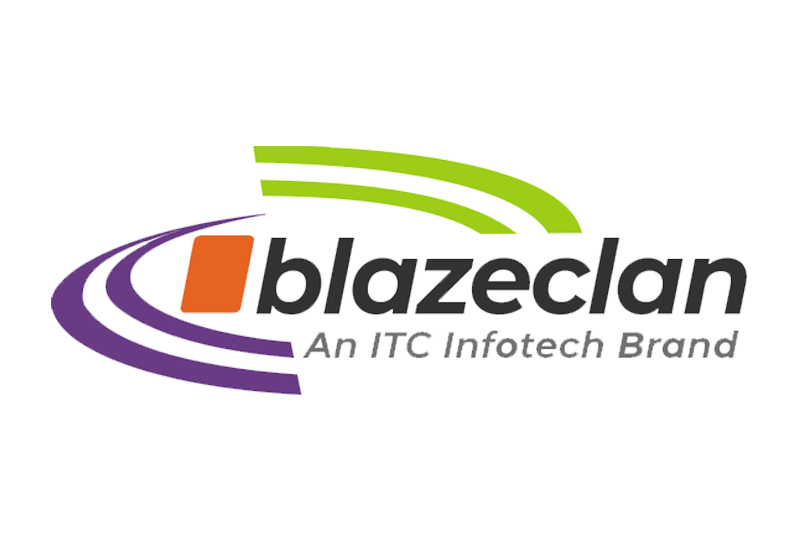
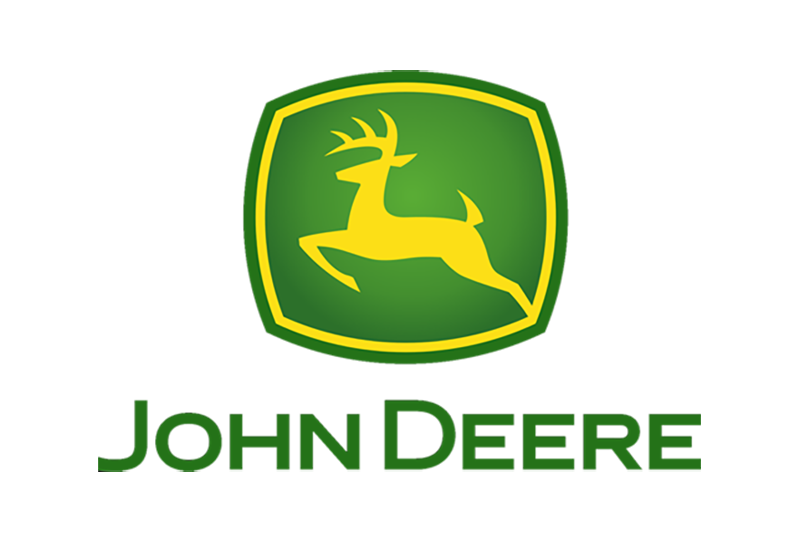

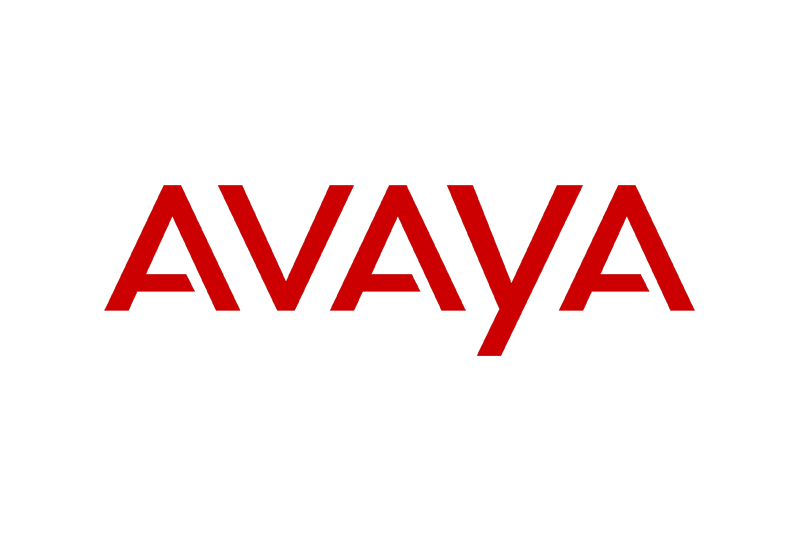
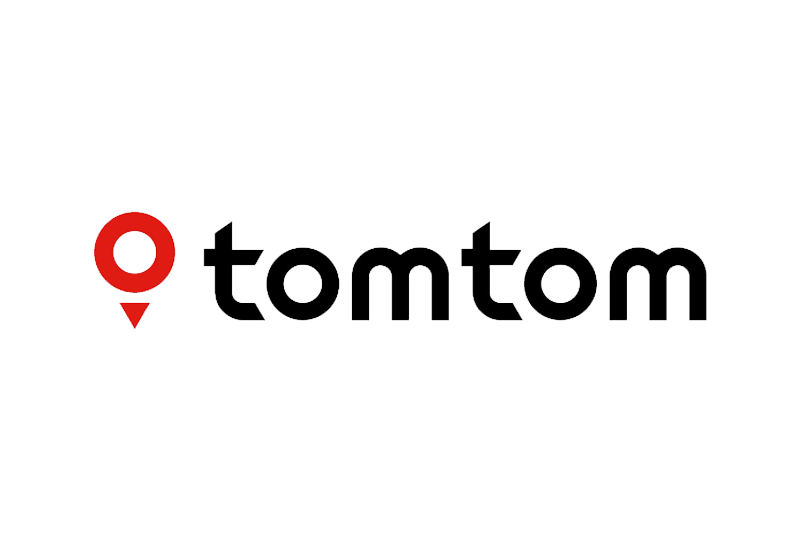
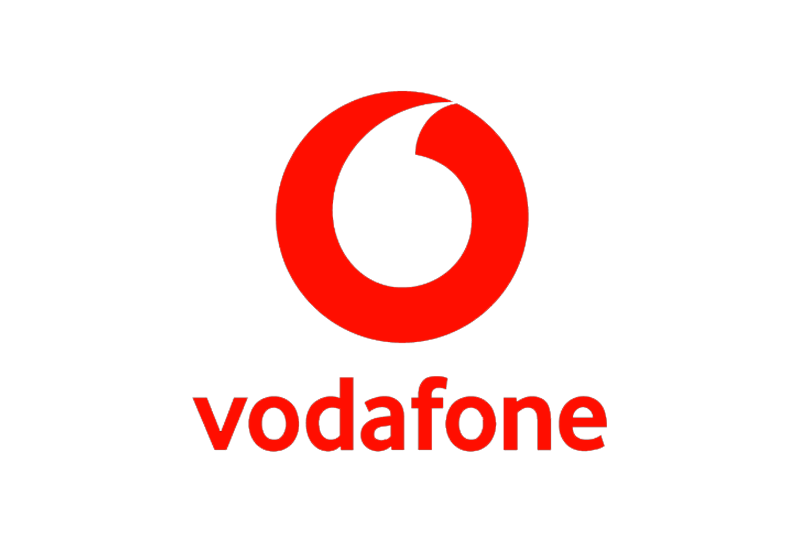





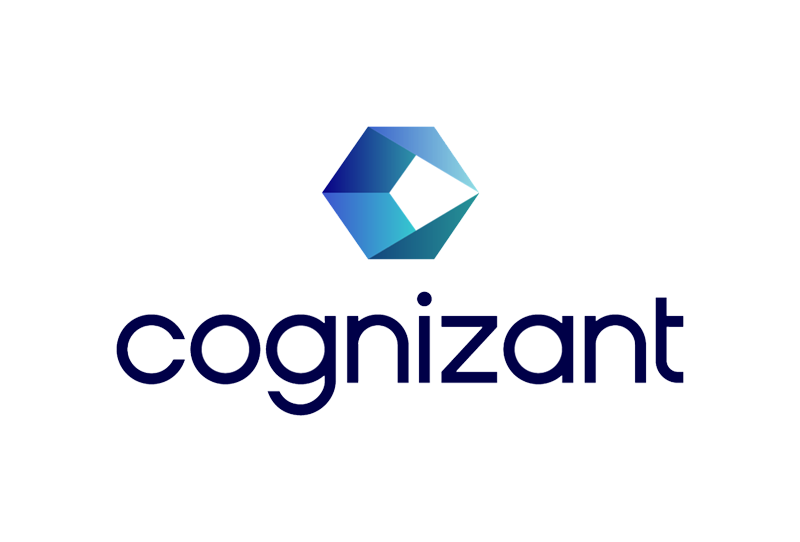
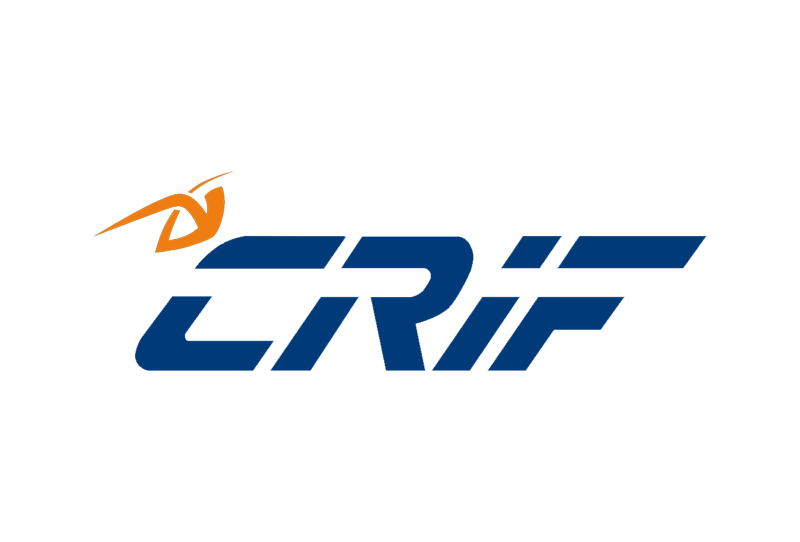

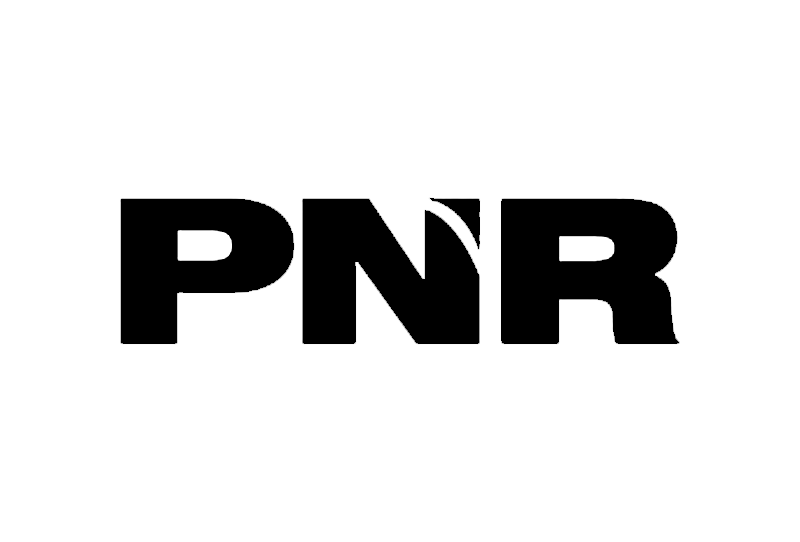
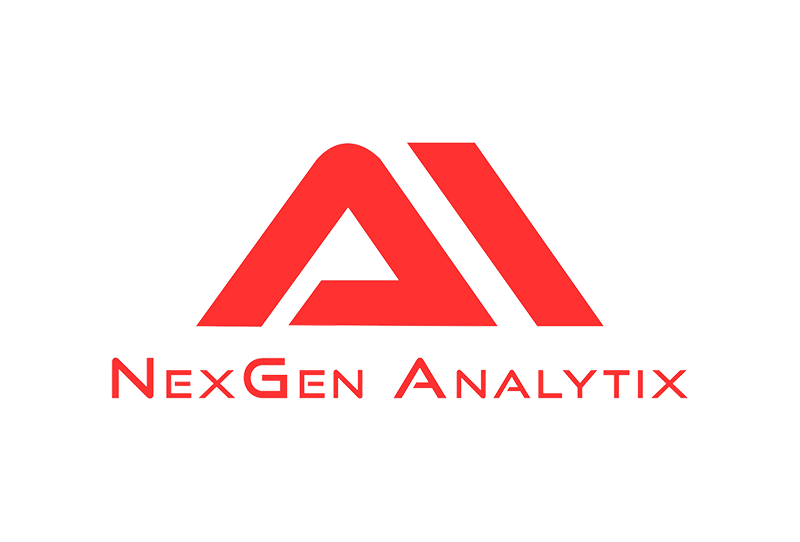
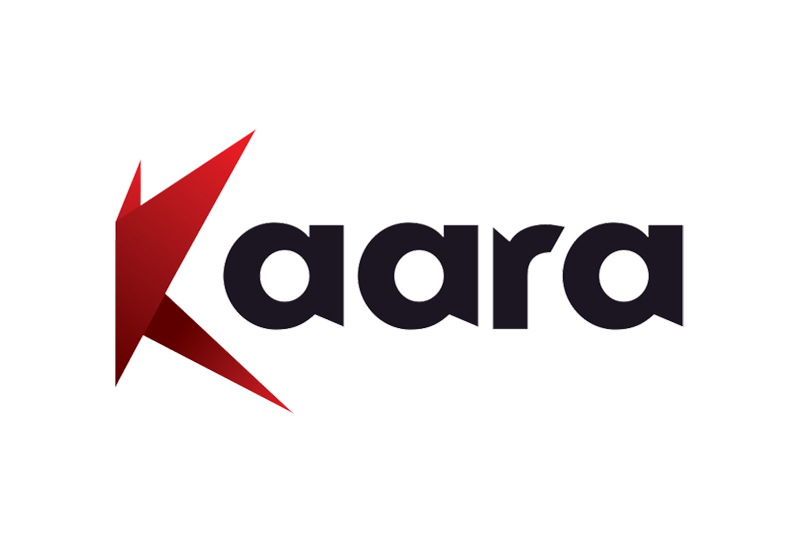
Advanced AWS Cloud Certification Training - FAQs
Who is this program meant for?
This program is specially designed for working professionals, students, recent graduates, and even individuals with career gaps who are looking to transition or grow in the rapidly expanding field of AWS Cloud Computing. Whether you’re from IT, software development, DevOps, system/network administration, data engineering, or even a non-technical background, this program provides the essential knowledge and hands-on skills required to build a successful cloud career. Basic programming or cloud knowledge is helpful but not mandatory—what matters most is your commitment to learning and adapting to new technologies.
How are the classes scheduled?
Classes are conducted on weekdays or weekends, depending on the selected batch. The training combines live instructor-led sessions with hands-on labs, real-world case studies, and project-based learning. Designed to fit into the busy schedules of professionals and students alike, the course requires just 3–5 hours per week. Flexible timings are offered, and all live sessions are recorded so you can revise or catch up at your convenience.
Do I need any prior cloud or AWS knowledge?
No, prior experience with AWS or cloud computing is not required to join this course. The program begins with fundamental concepts of cloud computing and gradually progresses to more advanced AWS topics such as networking, serverless architecture, DevOps automation, security best practices, and cloud-native application deployment. The curriculum is structured in a beginner-friendly way while still being robust enough to serve more experienced learners.
Are there real-world projects included?
Yes. The program includes more than 15 hands-on projects based on real-world AWS scenarios such as deploying secure web applications, building serverless APIs, managing cloud infrastructure using Infrastructure as Code, and configuring CI/CD pipelines. In addition to the practice projects, you’ll complete a capstone project that mimics a real industry challenge—perfect for building a portfolio that demonstrates your ability to apply AWS in real business environments.
Will I get access to mentorship or guidance?
Absolutely. You will receive dedicated 1:1 mentorship from AI industry experts, regular doubt-clearing sessions, and career counseling focused on professionals transitioning into AI roles.
Can I repeat the classes if I miss or need a revision?
Yes! During the program, learners have access to session recordings and class repetition options, allowing you to revise or re-attend sessions as needed for better understanding.
However, if a learner wishes to repeat the entire batch after the 6-month program period, a batch repetition fee of ₹5,000 will be applicable.
Will I receive a certificate after the course?
Upon successful completion, you’ll receive a certification from Future Skills Prime.
Is there placement or career support?
Yes, we offer 100% career support as part of the program. This includes mock interviews, resume-building workshops, career counseling, and job referrals through our extensive placement network.
Interaction with our dedicated placement team begins 15 days after the batch start date, ensuring you’re well-prepared early on.
As a complimentary benefit, learners also receive one month of Personality Development training (worth ₹12,000) to boost communication skills, confidence, and interview readiness.
Contact Us
- Wakad
- Kharadi
- Shivajinagar



